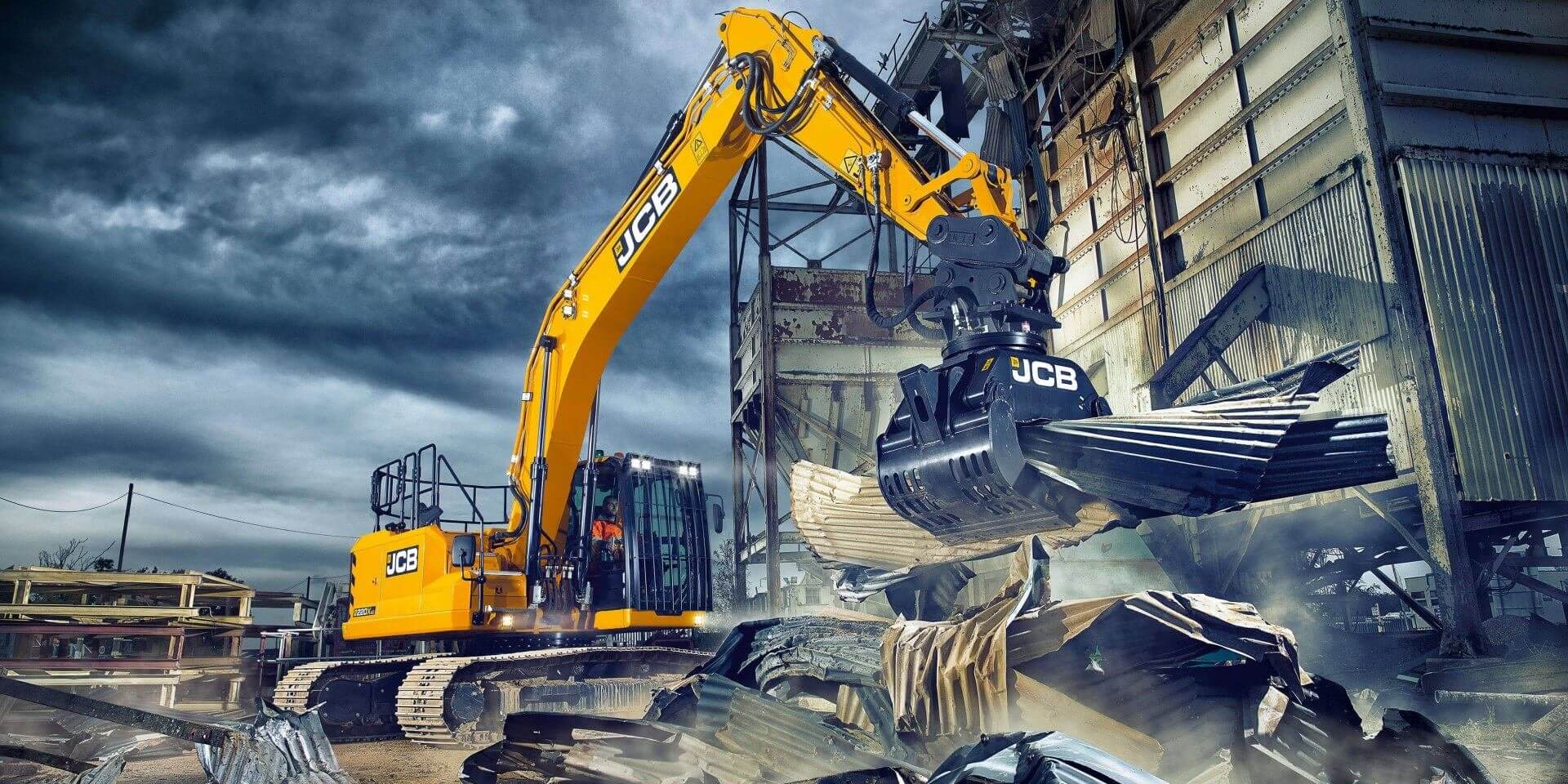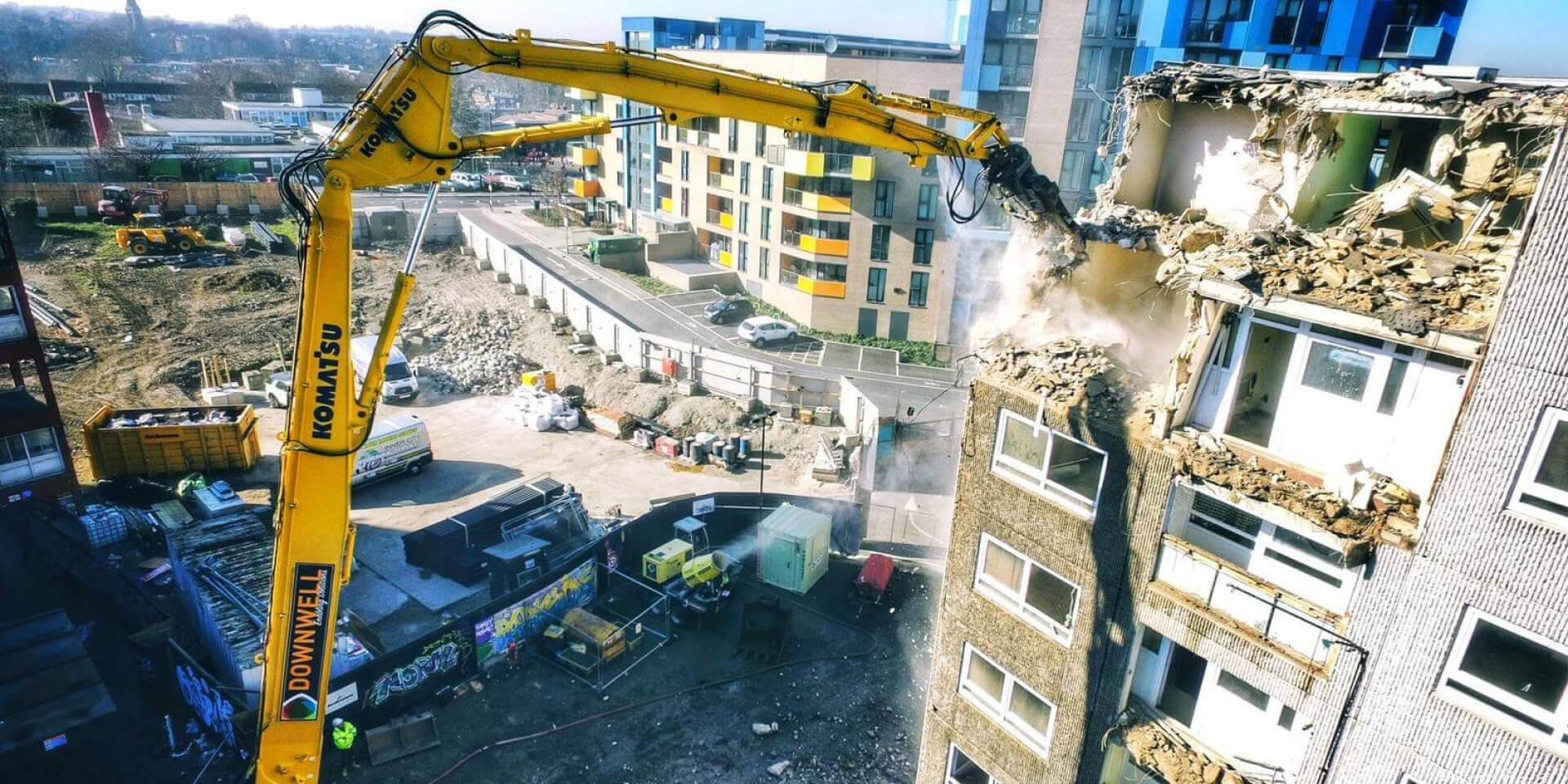In today’s show: At the wheel of the Liebherr TA 230 articulated hauler; CASE boosts its backhoe power; staying grounded with John Deere; and small but perfectly formed – The latest compact radius excavator from Hyundai.
PLUS, in today’s Morning Monologue: Holding up a mirror to the industry.
Start your day the demolition way!
Join us every weekday morning at 10am GMT for The Break Fast Show – the daily LiveStream that brings the demolition and construction industry to life.
It’s news, debate, discussion, and insight all rolled into one, with a line-up that keeps you informed, entertained, and involved:
· Latest Industry News – the stories that matter, delivered fresh each morning.
· Question of the Day – Sometimes serious, sometimes profound, often ridiculous.
· Mark’s Morning Monologue – thought-provoking takes on the issues shaping our industry.
· Interactive Chat – your comments, questions, and insights are a vital part of the show.
Whether you’re on site, in the office, or on the road, The Break Fast Show is the smartest way to stay connected to the world of demolition and construction.
Tune in live. Join the conversation. Be part of the community.












